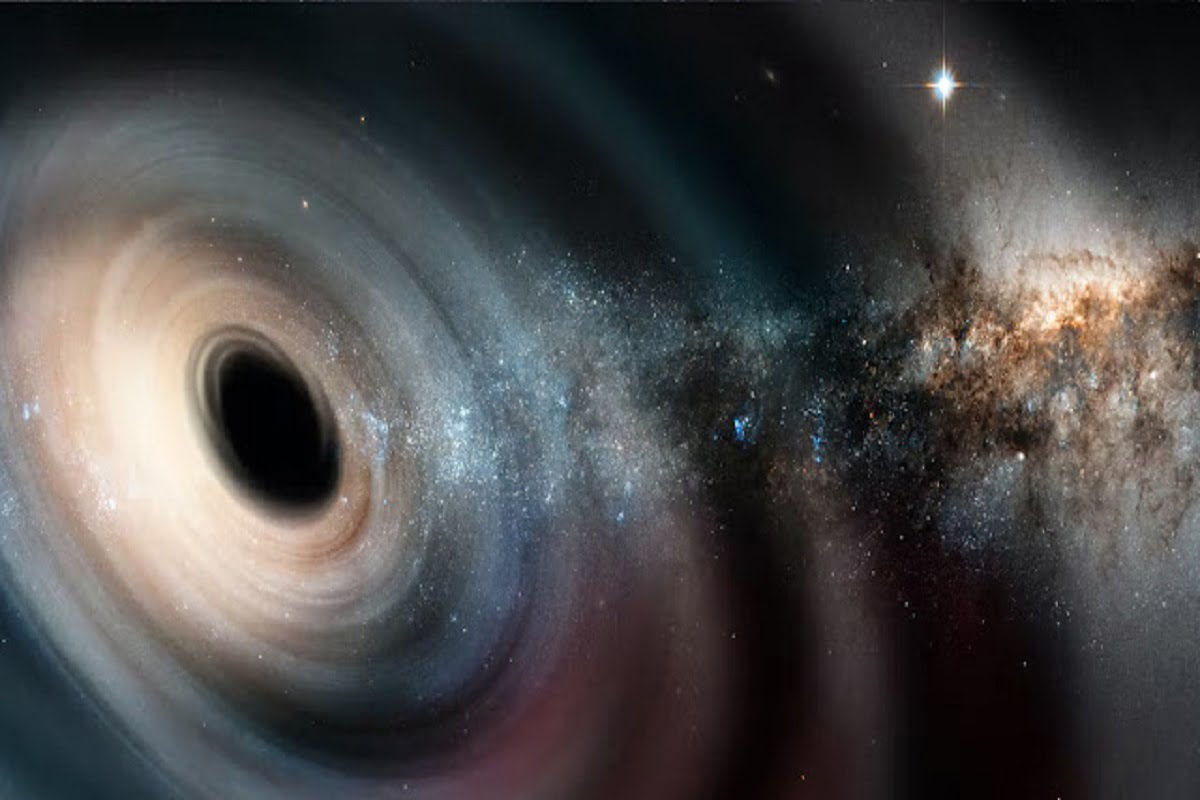Black holes are often considered massive, aggressive, and highly destructive entities. According to recent research, black holes can produce new stars just as they can consume anything.

Black holes are thought to play a role in star production in dwarf starburst galaxies known as Henize 2-10. Astronomers came to this conclusion after observing. The discovery was made possible by NASA’s Hubble Space Telescope.
For the first time, black holes have provided strong indications that they stimulate star formation in very small galaxies. According to experts, efforts are being made to figure out how black holes work. Amy Raines, the lead author of the new study published Wednesday in the journal Nature, describes the strange properties of black holes.
He explained, “I knew from the beginning that something unusual and special was going on in Henize 2-10, and now the Hubble telescope has provided a very clear picture of the connection between the black hole and the star formation 230 light-years away.”
Black holes in massive galaxies are known to absorb dust and stellar remnants. Black holes in dwarf galaxies are much fainter and quieter. Instead of disintegrating the surrounding galactic material, it can compress the gases and aid in star formation.
The new research could shed light on the birth of supermassive black holes as well as the existence of other black holes in smaller stages. We haven’t been able to see the age of the first black hole. So it becomes a really big question that how these stars could be born from so far away from the black hole. Henize 2-10 is located 30 million light-years away from the black hole. It was also another success of the Hubble telescope.
